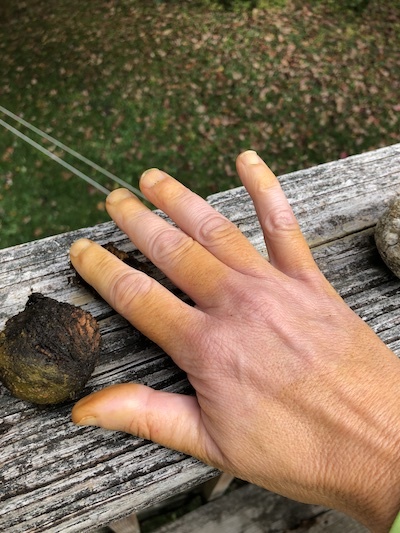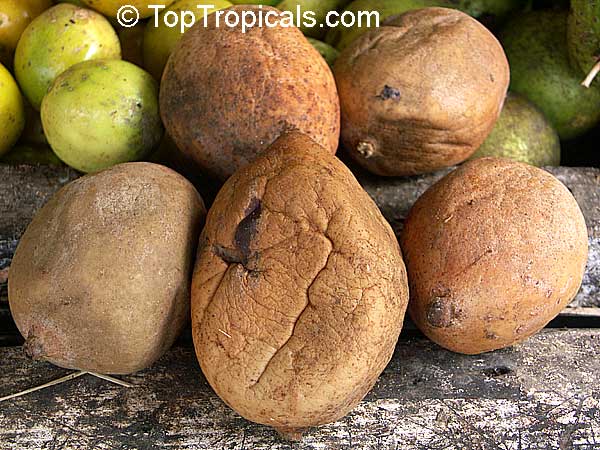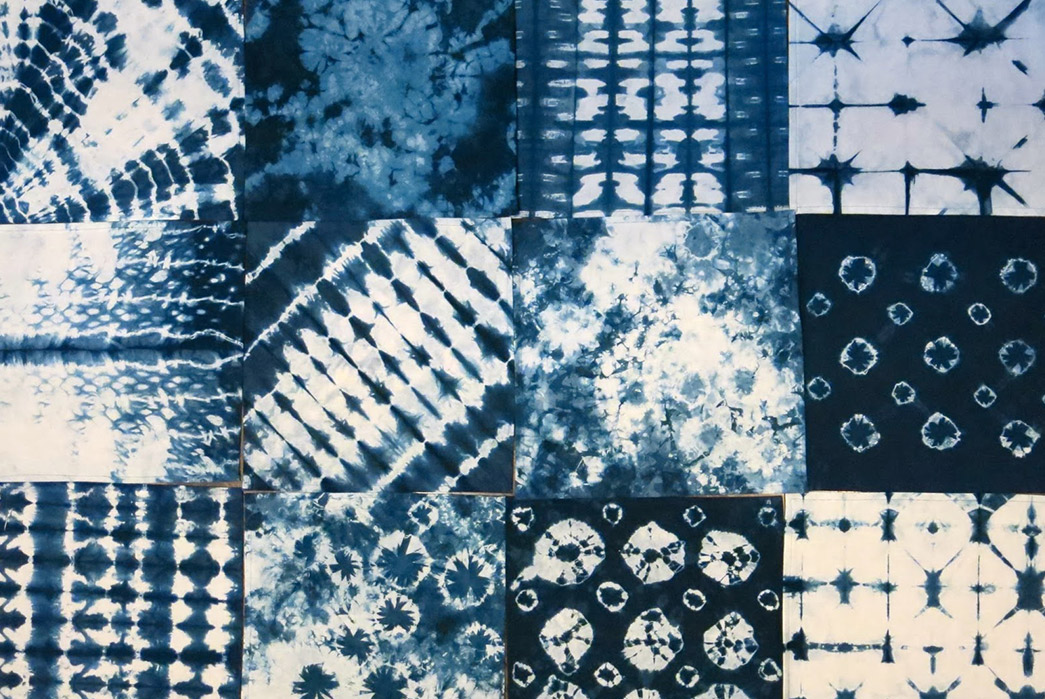palmas de caraná y chambira
Nov. 3rd, 2022 01:04 amDifferent palms for different purposes: the caraná palms are for the roofs of the malocas (communal houses). Look how beautiful the weaving is for the roofs:

Photo by Andrés Felipe Velasco, from his page "Tejido Palma de Caraná" on his website Buscando La Raiz
Velasco writes that there are close to 25 types of weaving, representing worms, deer, and crabs, among others.
This 4-minute video shows collecting the leaves of caraná and then weaving them for the roof. So beautiful. The man credited at the 2.06 mark, talking about the figures in the ribs of the roof, is among other things a guide for the Ethnographic Museum in Leticia--we went there; it's a small building but FULL of information.
The weaver is Geiser Peña Ipuchiwa, from Comunidad Bora, at Kilometre 18 in Leticia. (We only found out about this system of identifying where places are located during our visit--by how far along a road or along the river they are.)

And then there's the chambira palm, from which you get the fibers used for making hammocks, bags, fishing lines, and other things like that. When we visited a "tierra de conocimientos" in Puerto Nariño, we made bracelets out of chambira twine--but if/when I go again, I would love to do the background stuff: cutting the palm branches, stripping the leaves, extracting the fibers, and making the twine.
This 7-minute video shows the dying process, as well. The rhizomes that the woman is harvesting from 1.17 is el guisador, Curcuma longa--turmeric! (Not native to the area but well established there.) She also mentions achiote, which makes a red color, el chokanari, Picramnia sellowii, which makes a purple or red color, el buré (Goeppertia loeseneri), which makes a blue-green color, kudi (Fridericia chica), which makes a brown color, and huitillo (Renealmia alpinia), which can make a deep blue or black.


(I've been using the site color.amazonia.com to get the botanical names of these plants--they have a great page showing all the different pigments produced.)
... This post is the result of a long rabbit-hole journey. I was reading more of Aventura en el Amazons, and the family were talking about building a house in the style of a maloca, and they mentioned the different types of tree/plants to be used for the different parts, and when I went to look those up to find out what they were--well, I ended up here.

Photo by Andrés Felipe Velasco, from his page "Tejido Palma de Caraná" on his website Buscando La Raiz
Velasco writes that there are close to 25 types of weaving, representing worms, deer, and crabs, among others.
This 4-minute video shows collecting the leaves of caraná and then weaving them for the roof. So beautiful. The man credited at the 2.06 mark, talking about the figures in the ribs of the roof, is among other things a guide for the Ethnographic Museum in Leticia--we went there; it's a small building but FULL of information.
The weaver is Geiser Peña Ipuchiwa, from Comunidad Bora, at Kilometre 18 in Leticia. (We only found out about this system of identifying where places are located during our visit--by how far along a road or along the river they are.)

And then there's the chambira palm, from which you get the fibers used for making hammocks, bags, fishing lines, and other things like that. When we visited a "tierra de conocimientos" in Puerto Nariño, we made bracelets out of chambira twine--but if/when I go again, I would love to do the background stuff: cutting the palm branches, stripping the leaves, extracting the fibers, and making the twine.
This 7-minute video shows the dying process, as well. The rhizomes that the woman is harvesting from 1.17 is el guisador, Curcuma longa--turmeric! (Not native to the area but well established there.) She also mentions achiote, which makes a red color, el chokanari, Picramnia sellowii, which makes a purple or red color, el buré (Goeppertia loeseneri), which makes a blue-green color, kudi (Fridericia chica), which makes a brown color, and huitillo (Renealmia alpinia), which can make a deep blue or black.


(I've been using the site color.amazonia.com to get the botanical names of these plants--they have a great page showing all the different pigments produced.)
... This post is the result of a long rabbit-hole journey. I was reading more of Aventura en el Amazons, and the family were talking about building a house in the style of a maloca, and they mentioned the different types of tree/plants to be used for the different parts, and when I went to look those up to find out what they were--well, I ended up here.










